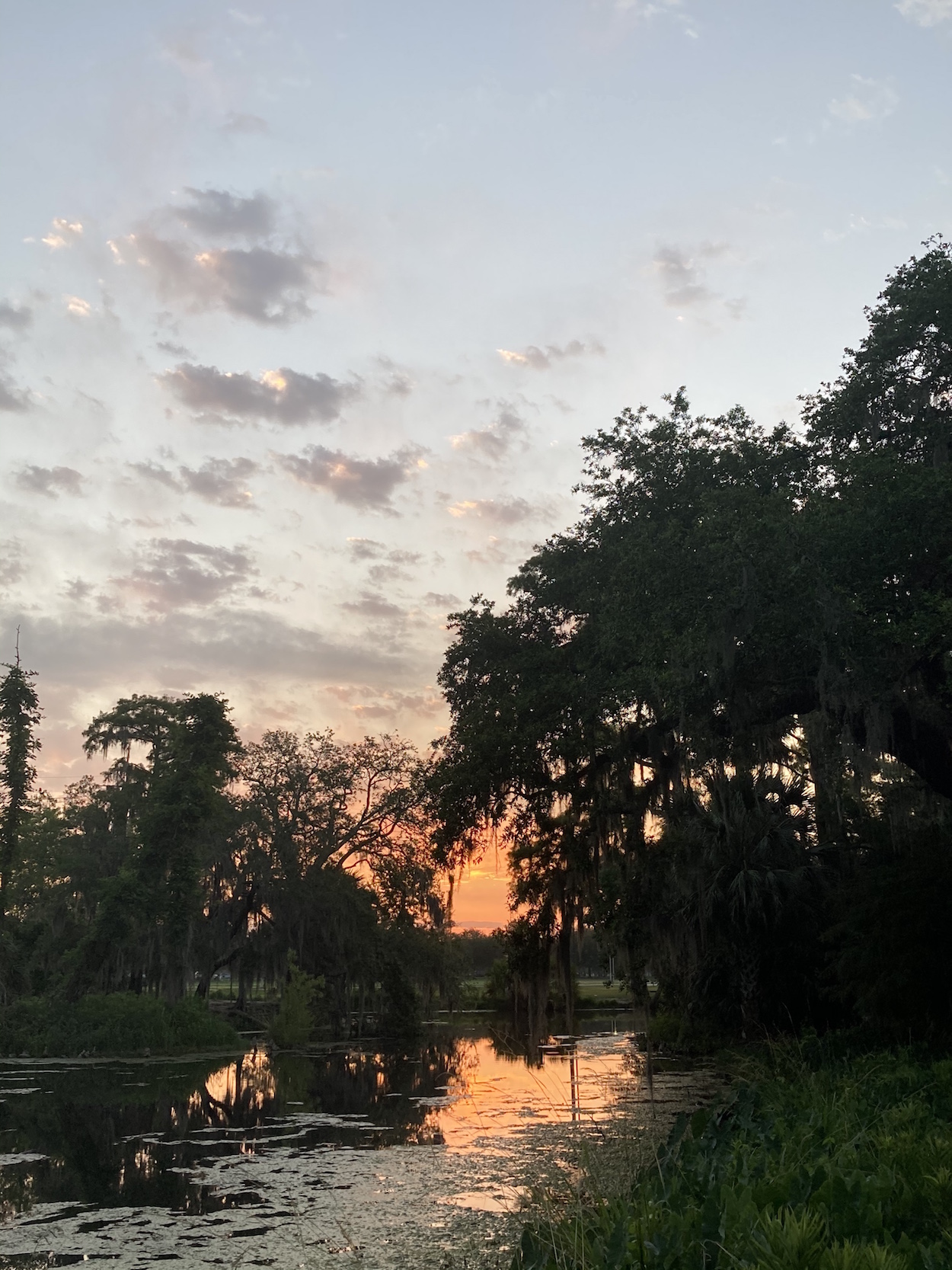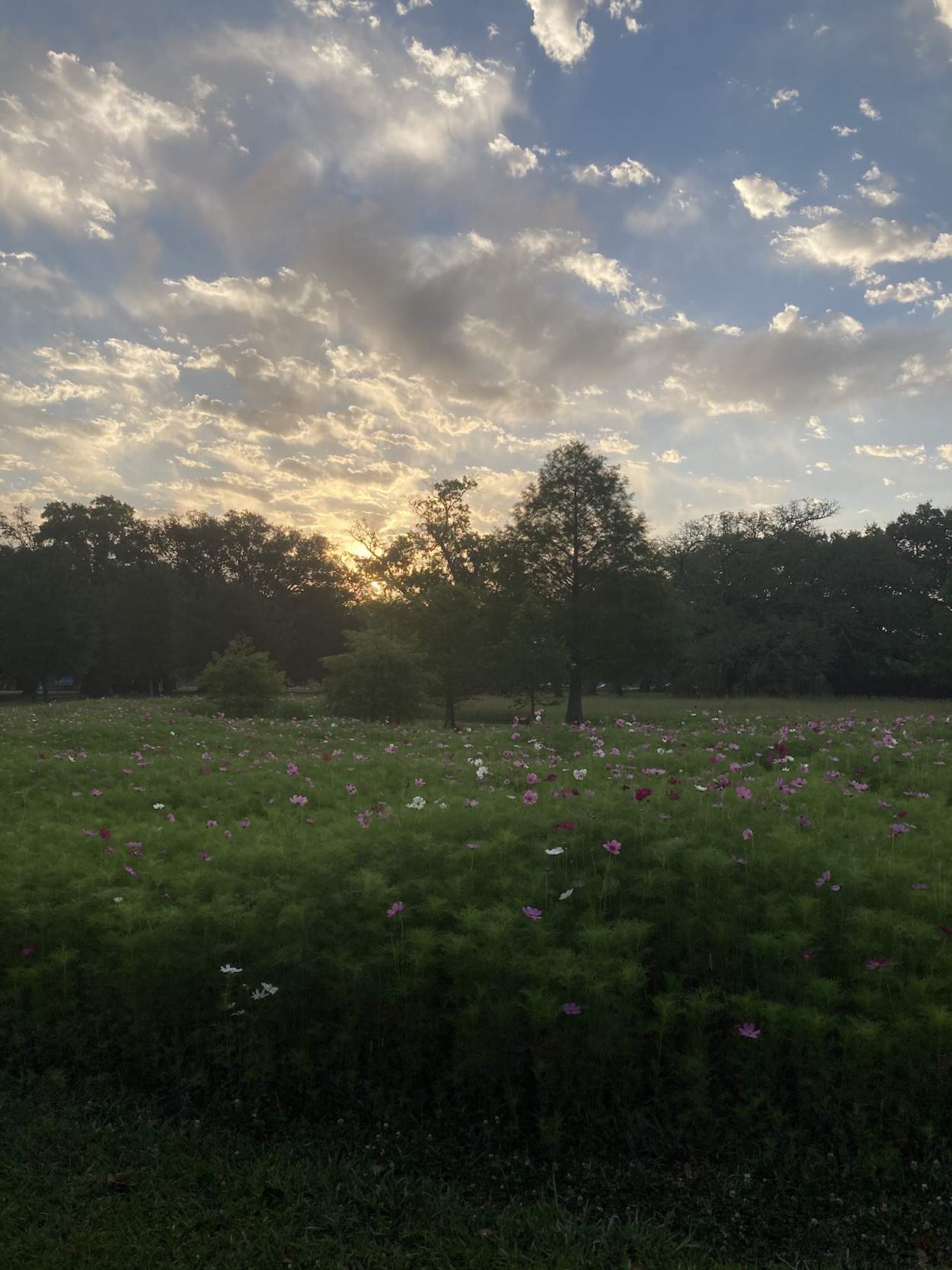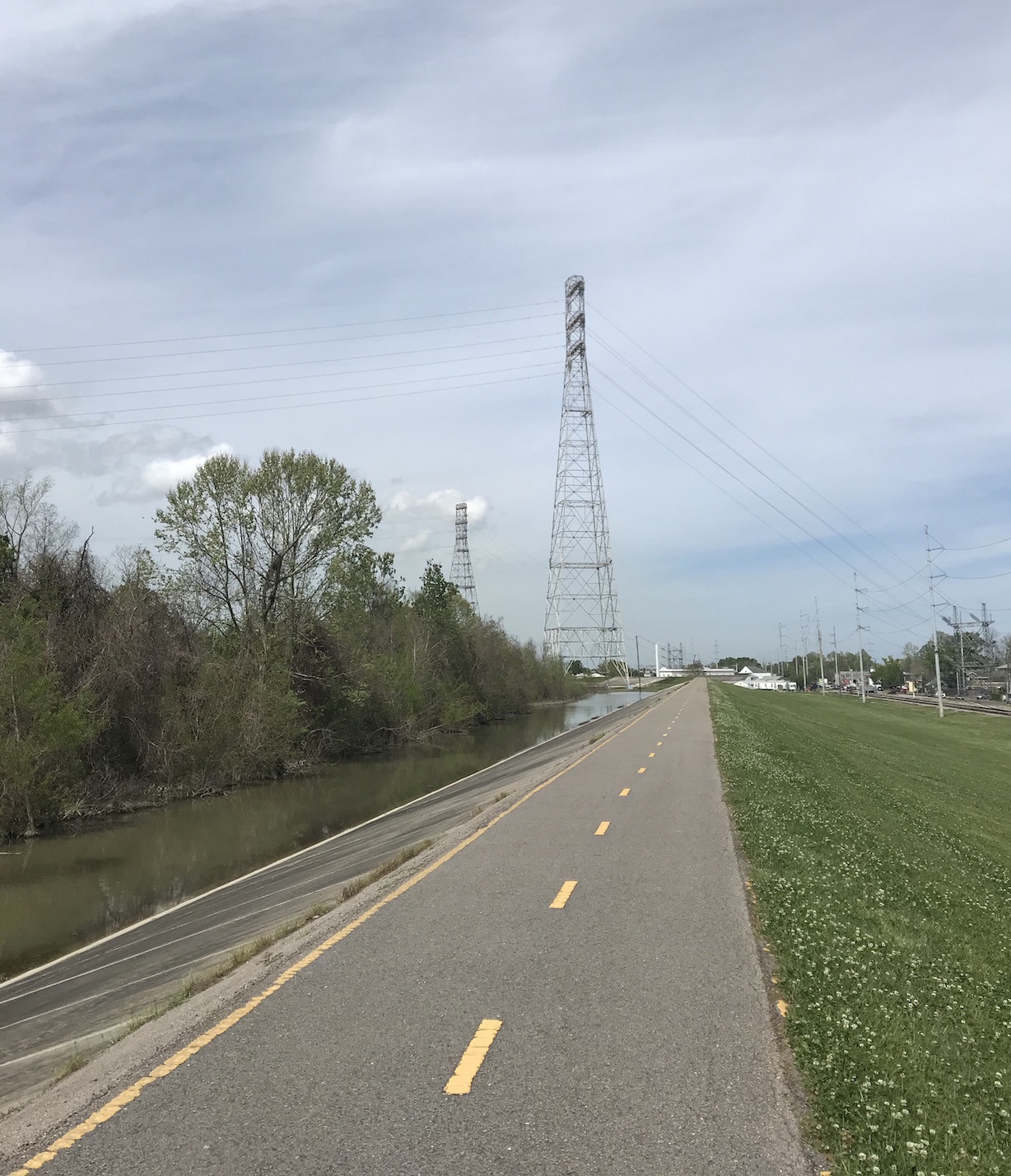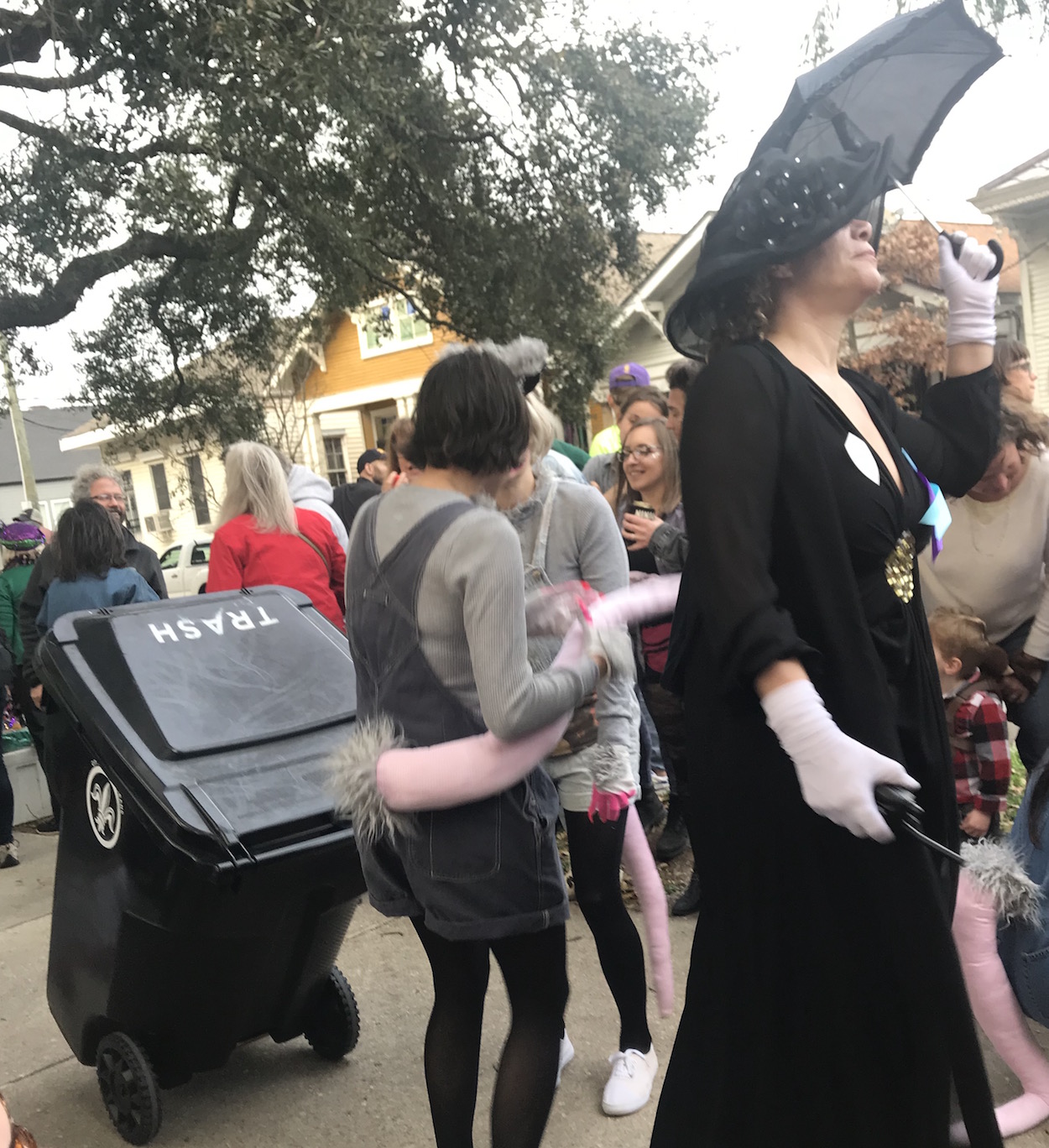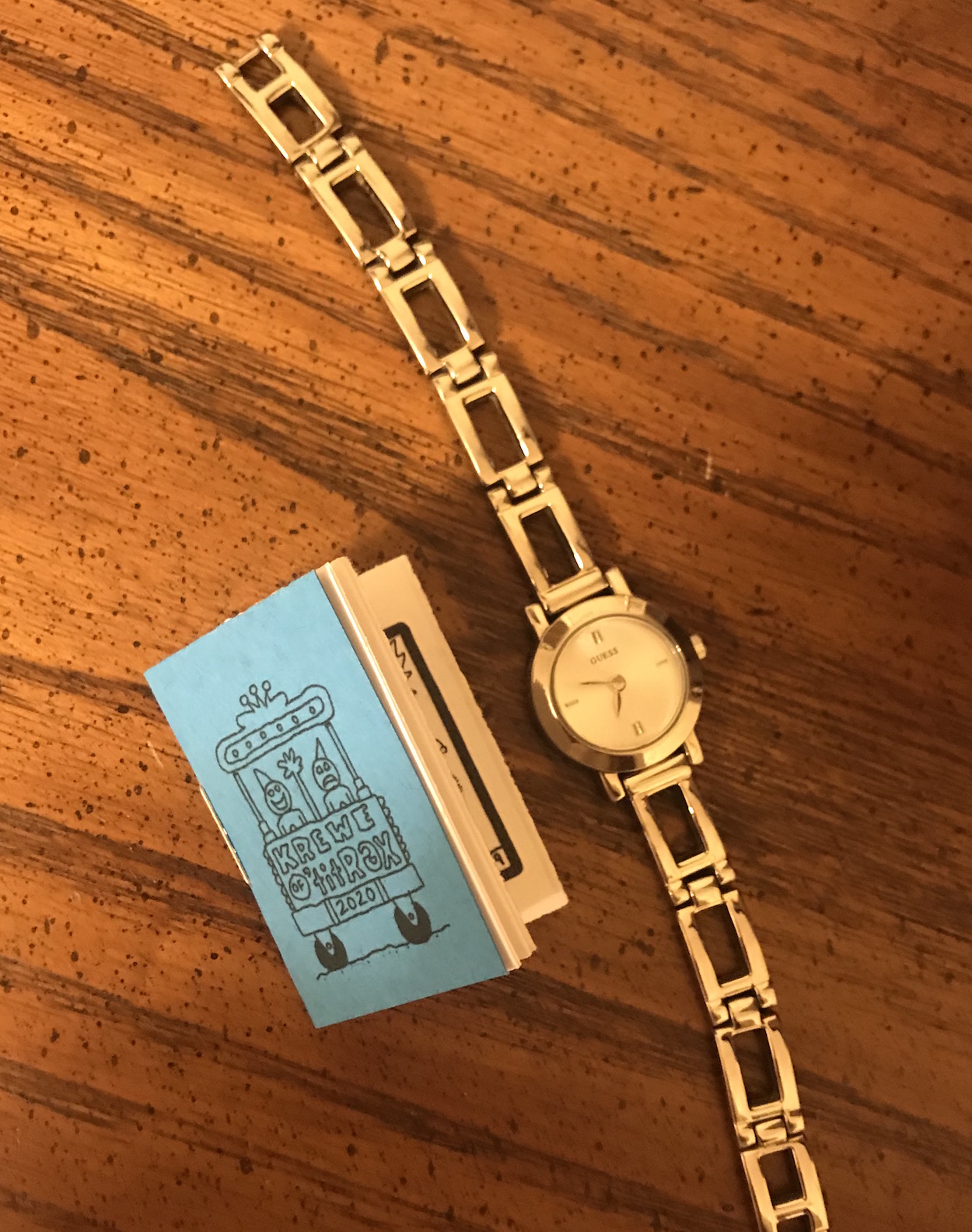
Hurricane Ida slammed into coastal Louisiana on August 29, about six weeks ago. I’ve had this post drafted for nearly the past month, but haven’t brought myself to finish it. There are a few reasons for this, I think. Like any great procrastinator, I’ve been able to find plenty of other things to do rather than write this. And every time I’d sit down to write, I found that the post-experience had changed. We were very fortunate, and did not sustain any major damage to our home, so “back-to-normal” came sooner for us. For friends whose homes and businesses were devastated, I just feel kind of insensitive writing about what happened to me in particular, when it was not particularly devastating.
So I’ve decided to keep the tale of this odyssey to just the first two weeks after the storm, when pretty much everyone who lives in Southeastern Louisiana had a shared experience of power outages, lines for gas, and the decision of whether or not to evacuate.
I will also include two items of note that are not shared experiences, but are particular to me. 1) August 29 is my birthday. And 2) Ida was my mom’s name.
Starting with those two weeks, from August 29 to September 11. We did not evacuate, and lost power in our house in the early afternoon of August 29. The storm blew in, and it was a wild one. We heard a crash outside, and looked to find a pine tree blown down, about two houses down from us. The worst part came in the evening, when my phone told me there was a flash flood warning. The levee failures during Katrina inundated our neighborhood (we did not live here at the time), and all I could do was pray that all the improvements that have happened since that time really did improve the situation.

They apparently did, because we woke up the next morning to wet, debris-strewn streets, but not flooded streets. The next decision became “should we stay or should we go?” We had a vacation in Florida, planned for months, set to begin Sunday, September 5. But we were looking at a long six days until then with no power, no services, and no place to go, since both of our workplaces were experiencing similar issues at a different scale. That made the decision easy. We couldn’t get into our vacation rental any earlier than the 5th, so we booked a hotel nearby our rental and left on Thursday, September 2.
One more detail to add. I waited for seven hours to get gas on Wednesday, September 1. All I care to say about that is that it was a lesson in patience and fortitude, and I hope to beat that time by a significant amount when I run the New York Marathon in 2022.
Our Florida vacation was really nice, definitely one of our nicer beach vacations. But it did have a bit of an Odyssey feel to it, like when Odysseus lives the high life with Circe while having no idea what is going on back at home.
I’ll conclude with those two items of note, mentioned previously. About August 29 being my birthday…I’ve written in this space before about what a bummer it can be. This quote from a post in 2017 about sums it up: “When your birthday falls at the height of the hurricane season, you get used to altering plans.”
And about Ida being my mom’s name. She died in 2014, at the age of 81. Her positive, beneficent, influence was really strong in our family, and still lives on. Thus, when a Hurricane Ida took aim at the places where a good number of her children and grandchildren live, the name of the storm was more than a detail. Ida is not a common name in our time. I’m still scratching my head over how a name I associate with such a gentle human being caused such mass devastation as a storm. Storms and people are very different things, obviously, but I guess they both have the potential for major impact. I’ll take the impact of having had Ida the person as a mom any day (and twice on Sunday).




